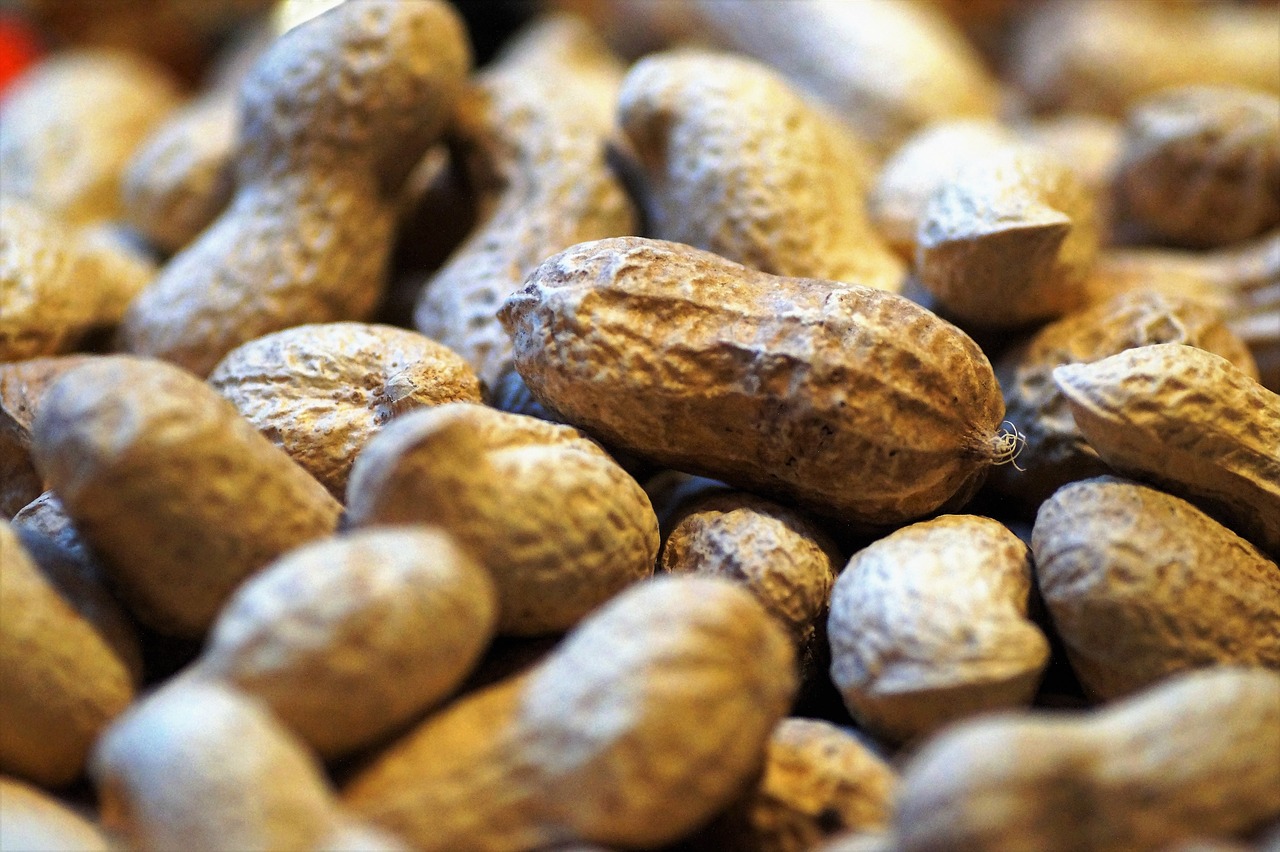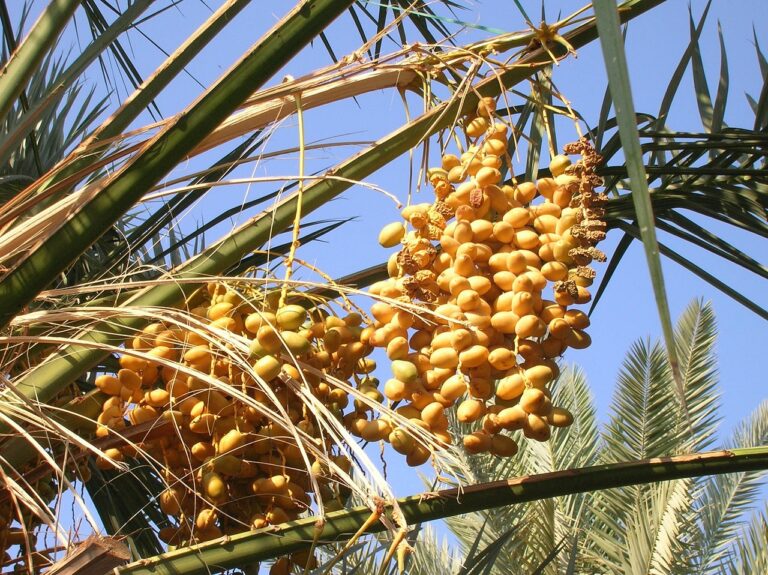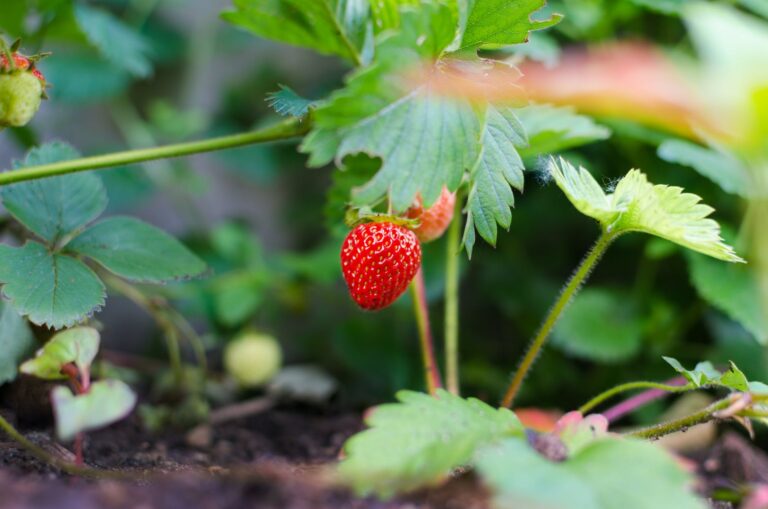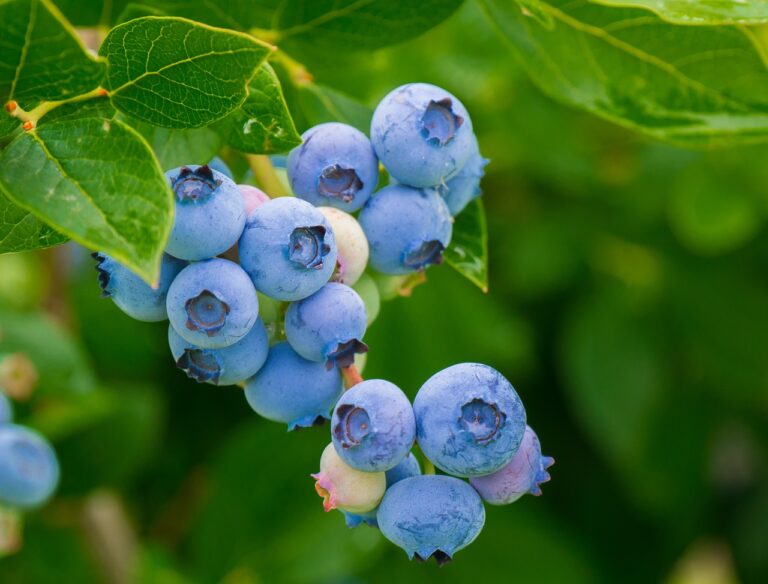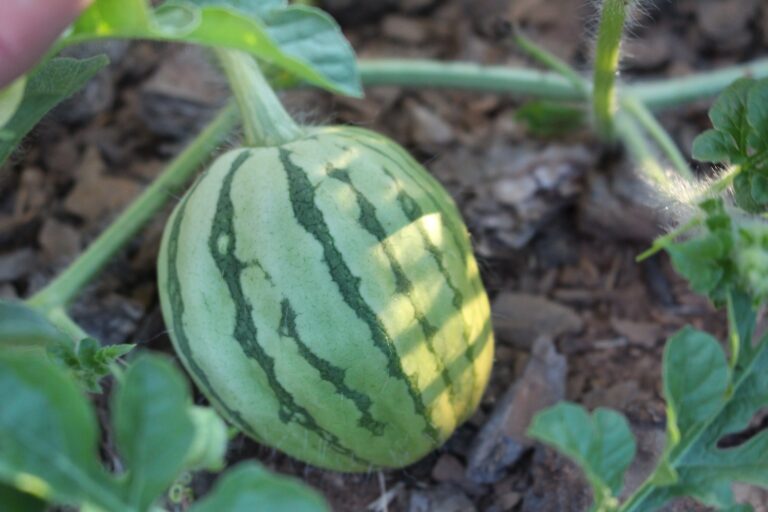The Nutty Tale of Kenya’s Groundnut Farming.
Groundnuts, also known as peanuts, are an important cash crop in Kenya. They belong to the legume family and are grown for their edible seeds that have a high protein content.
Groundnuts can be used for oil or as a food ingredient. They are commonly roasted and eaten as a snack or used to make peanut butter.
Importance of Groundnuts in Kenyan Cuisine and Economy
In Kenya, groundnuts play a significant role in both the cuisine and economy. They are particularly popular among the coastal communities where they are used to make sauces for fish dishes, added to stews, or simply roasted and eaten as snacks. In the western region of Kenya, groundnuts are commonly boiled and enjoyed with maize meal (ugali).
The economic importance of groundnuts cannot be overstated. The crop has become one of the top agricultural exports for Kenya with more than 80% of it being produced by small-scale farmers who rely on it as their main source of income.
Additionally, groundnut farming provides employment opportunities throughout its growing cycle from land preparation to post-harvest handling. With this knowledge in mind, let’s take a closer look at where groundnuts grow best in Kenya!
Major Groundnut Growing Regions in Kenya
Coastal Region (Kilifi, Kwale, Mombasa)
The coastal region of Kenya is one of the major groundnut growing regions in the country. The area is known for its sandy soils and high temperatures which are ideal for groundnut farming.
Kilifi, Kwale, and Mombasa are some of the counties found in this region that have a favorable environment for groundnut farming. The farmers in these areas use modern agricultural techniques to cultivate different varieties of groundnuts that include Valencia, Red Beauty, and Spanish Improved.
Western Region (Busia, Kakamega)
The western region of Kenya is another major groundnut growing area with Busia and Kakamega being the prominent counties. This region receives high rainfall throughout the year making it ideal for groundnut farming.
The farmers in these areas cultivate a variety of groundnuts such as Jumbo Virginia, Manipinta, and Valencia among others. The Western region has become a center of excellence as far as commercialized production of high-quality peanut butter is concerned.
Rift Valley Region (Baringo, Nakuru)
The Rift Valley Region is a significant contributor to Kenya’s groundnut production with Baringo and Nakuru being among the major producers. This region has suitable climatic conditions characterized by moderate rainfall throughout the year making it ideal for growing large-scale crops like peanuts. Baringo County specializes mainly in Spanish Improved variety while Nakuru county produces other varieties like Afrika 801-6-1 and Manipinta.
Groundnuts from this region are known to be rich in nutrients due to fertile soils that characterize this part of the country. These regions have become instrumental towards achieving food security goals through their contribution towards Kenyan’s economy by providing employment opportunities to small scale farmers and those who work in the peanut industry.
Climate and Soil Requirements for Groundnut Farming
Ideal temperature and rainfall conditions for groundnut growth
Groundnuts require specific weather conditions for optimal growth and yield. The ideal temperature range for groundnuts is between 25°C to 30°C, with a minimum temperature of 15°C. Anything below this temperature range, especially during the flowering stage, can lead to poor yield.
Similarly, the amount of rainfall required varies depending on the variety being grown; however, an average rainfall between 500mm-900mm is considered suitable. Groundnuts are susceptible to waterlogging and cannot grow in areas that experience frequent flooding.
Soil types suitable for groundnut farming
Groundnuts thrive in well-drained soils with good texture, high fertility levels, and a pH range of 5.5 to 7.0. Sandy loam soil is ideal as it allows adequate drainage and aeration necessary for root growth while also retaining enough moisture required by the crop during growth stages. Heavy clay soils are not recommended as they restrict root development due to poor drainage resulting in stunted growth and low yields of the crop.
In addition to considering soil type, farmers need also to consider their location’s climate before planting groundnuts that require specific conditions favorable for optimal yield production. It’s essential that farmers follow these guidelines carefully when planting their crops as any deviation could lead to low yields or even crop failure ultimately affecting their livelihoods negatively.
Groundnut Varieties Grown in Kenya
Popular varieties grown in different regions
Kenya is home to a wide range of groundnut varieties, with each variety having its own unique characteristics. Some popular varieties are grown in different regions of the country due to the specific climate and soil conditions required for their growth. In the coastal region of Kilifi and Kwale, for instance, the Red Valencia variety is commonly grown because it thrives well in sandy soil.
The Red Valencia is also resistant to pests and diseases that are prevalent in these areas. In western Kenya’s Busia and Kakamega counties, the Virginia Bunch variety is predominantly grown.
This high-yielding cultivar was introduced to Kenya from Malawi a few years ago, and it has been well-suited to the area’s loamy soils ever since. In contrast, Rift Valley region’s Baringo County sees farmers predominantly growing ICGV 12991 groundnut variety which is known for its drought tolerance while Nakuru County mainly produces Chalimbana variety which produces larger seeds than other local breeds.
Characteristics of each variety
The Red Valencia is an early-maturing type that takes about 90-100 days from planting to harvest. Its pods are oval-shaped with red skin color when matured; they contain two large white kernels that have a high oil content making them ideal for peanut butter production. The Virginia Bunch on its part has smaller pods containing about three kernels that are tan or brown colored at maturity with higher yields producing up to 1,500 kg/ha under good agronomic practices.
ICGV 12991 produces uniform-sized seeds with a bright orange-red seed coat when matured; this characteristic makes them ideal for processing into peanut butter or roasting as snacks while Chalimbana produces bigger seeds compared to other local breeds but with lower yields. Both types are drought-tolerant while the former variety is also resistant to pests and diseases such as leaf spot, rust, and late leaf spot.
By understanding the different varieties of groundnuts that are grown in Kenya, farmers can make informed decisions when selecting which variety to grow based on their specific conditions. It also helps in diversifying the country’s peanut industry which is dominated by few local breeds currently.
Farming Practices for Groundnuts
Land Preparation Techniques
When it comes to growing groundnuts, proper land preparation is crucial. This involves clearing the land of any weeds or debris, breaking up the soil, and smoothing out any bumps or ridges.
Farmers in Kenya typically use hand hoes or tractor-drawn plows to prepare their land. In addition, they may add organic matter such as manure or compost to improve soil fertility.
Planting Methods
There are several methods used for planting groundnuts in Kenya. One popular method is row planting, where the seeds are planted in straight lines about 15-20 cm apart.
Another method is broadcasting, where the seeds are scattered across the field evenly and then covered with a thin layer of soil. Farmers may also use a combination of these methods depending on their specific needs and resources.
Pest and Disease Management
Pests and diseases can be a major threat to groundnut crops in Kenya. Some common pests include aphids, cutworms, and termites while diseases such as leaf spots and rots can also affect crop yield. To manage these threats, farmers may use pesticides or natural remedies such as neem oil or ash.
Crop rotation and intercropping with other crops can also help prevent pests and diseases from taking hold. Regular monitoring of crop health is essential so that any issues can be identified early on before they become a major problem.
Proper land preparation techniques such as clearing weeds and incorporating organic matter into soil are important for growing healthy groundnut crops in Kenya. Row planting or broadcasting methods can be used depending on the farmer’s preference while pest management strategies like using natural remedies should be employed to keep pests at bay.
Harvesting and Post-Harvest Handling of Groundnuts
Timing of Harvesting
When it comes to harvesting groundnuts in Kenya, timing is everything. Farmers need to wait for the right moment when the pods have dried up on the plants and the leaves begin to turn yellow, which usually occurs around three to four months after planting.
The best time to harvest groundnuts is in the early morning or late afternoon when the weather is cooler. If farmers wait too long to harvest, they risk losing a lot of their crop to pests and diseases.
Drying Techniques
After harvesting, farmers need to dry their groundnuts before storing them. One common method used in Kenya is sun-drying, where farmers spread their groundnuts out on mats or tarps under direct sunlight for several days until they are completely dry.
Another popular method is drying them over a fire using traditional mud stoves or metal drum stoves called jikos. This method requires constant stirring of the groundnuts over low heat until they are dry.
Storage Methods
Once dried, it’s important for farmers to store their groundnuts properly in order to prevent spoilage and mold growth. In Kenya, many small-scale farmers use woven baskets lined with plastic bags or gunny sacks as storage containers for their groundnuts. These baskets are typically stored in cool, dry areas away from moisture and direct sunlight.
Some farmers also use metal silos or air-tight containers made from plastic drums or buckets with tight-fitting lids as storage options. Overall, proper harvesting techniques and post-harvest handling practices are critical for ensuring a good yield of high-quality groundnuts that can be sold at good prices in local markets or even exported abroad.
Challenges Facing Groundnut Farmers in Kenya
Climate change effects on groundnut farming
Kenya’s groundnut farmers are facing a new challenge — climate change. Over the years, unpredictable weather patterns have made it difficult for farmers to determine when to plant their crops.
Prolonged droughts and floods have become more frequent, leading to crop failure and lower yields. The unpredictable weather has also led to an increase in the number of pests that target groundnuts, further threatening the livelihoods of many farmers.
Pests and diseases that affect the crop
Groundnuts are susceptible to many pests and diseases that can ruin an entire crop. One of the most common pests is the groundnut aphid, which can cause significant damage if not controlled early enough.
Other insects like thrips and leaf miners can also cause significant damage to leaves and pods, reducing yield significantly. Additionally, diseases such as peanut smut, leaf spot and rust can cause severe impacts on production if not addressed on time.
Lack of access to markets
Even though groundnuts are a key component of Kenyan cuisine, many small-scale farmers struggle to find buyers for their crops. The lack of access to markets means these farmers often have no choice but to sell their produce at very low prices or worse yet leave it rotten in their farms due to lack of market demand or poor pricing systems by middlemen who take advantage of them.
Many small-scale farmers are often unaware or do not have access to current market information including prices offered by buyers in different regions across Kenya. While Kenya is known as one of Africa’s leading producers of high-quality groundnuts, there are still significant challenges facing its groundnut farmers today with Climate change effects being one among other challenges such as pest infestations and lack access markets among others.The government needs to come up with policies that can support farmers in accessing markets and also educate them on best farming practices to enable them to withstand these challenges.
Conclusion
Delicious and Nutritious Groundnuts from Kenya
Groundnuts are a vital crop in Kenya, consumed by many as a nutritious snack or ingredient in various dishes. The coastal region, western region, and the Rift Valley are the most significant groundnut growing areas in the country. The climate and soil conditions in these regions favor the growth and development of groundnuts.
Different varieties of groundnuts grow in different regions with varying characteristics like size, color, taste, resistance to pests and diseases. Groundnut farming faces some challenges like climate change effects on farming practices, pests and diseases that affect yields, and lack of access to markets.
These challenges can be overcome through proper management practices such as the use of appropriate pesticides for pests and diseases control. The potential for growth within the industry is high as demand for groundnuts continues to grow both locally and internationally.
There is an opportunity for farmers to embrace modern techniques in land preparation, planting methods among others which will improve yields and promote food security. Groundnut farming has immense potential to transform livelihoods across Kenya if farmers adopt best practices resulting in higher yields.

